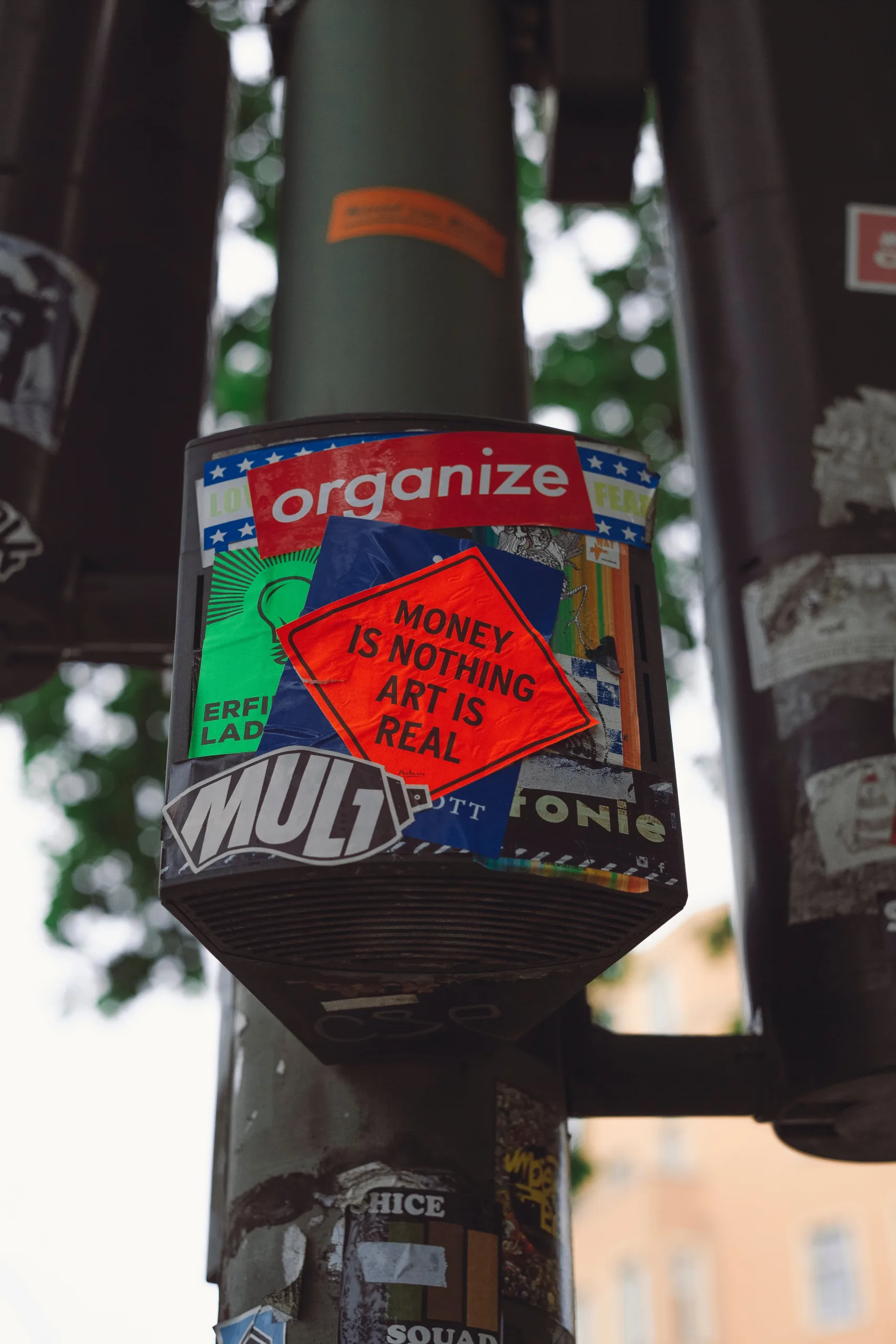
Introduction: Mastering Guerrilla Marketing ‘Effective Guerrilla Marketing’ stands out in today’s marketing landscape. It maximizes impact using minimal resources. Our guide explores its key strategies, impactful examples, and transformative effects.
Understanding the Concept Guerrilla Marketing draws from unconventional warfare tactics. It uses surprise and creativity for impactful advertising. Jay Conrad Levinson emphasized creativity over budget. These campaigns create buzz and memorable brand experiences affordably.
Key Characteristics Effective Guerrilla Marketing focuses on low budgets and high impact. It thrives on surprise and engages consumers directly. These campaigns often go viral and target specific local communities.
Facing the Challenges Guerrilla Marketing’s unpredictability requires flexibility. Campaigns must comply with legal requirements and avoid negative reactions.
Impactful Guerrilla Marketing Examples
- Coca-Cola’s ‘Happiness Machine’: This campaign transformed a vending machine, creating viral success and enhancing brand image.
- TNT’s ‘Push to Add Drama’: TNT brought drama to a Belgian square, requiring careful safety planning.
- IKEA’s ‘Everyday Fabulous’: IKEA turned NYC spots into luxury scenes, facing logistical challenges.
- UNICEF’s ‘Dirty Water’ Campaign: This campaign raised awareness about global water issues, balancing shock with sensitivity.
- GoldToe’s Underwear Statues: Dressing NYC statues in underwear, GoldToe generated buzz while navigating public perception.
The Future of Guerrilla Marketing Guerrilla Marketing is evolving with digital technology. It now blends online and offline tactics for innovative campaigns. Its adaptability ensures its future relevance.
Conclusion: The Role of Guerrilla Marketing Effective Guerrilla Marketing proves creativity’s power in advertising. It reminds us that marketing is about storytelling, sharing experiences, and creating memories.